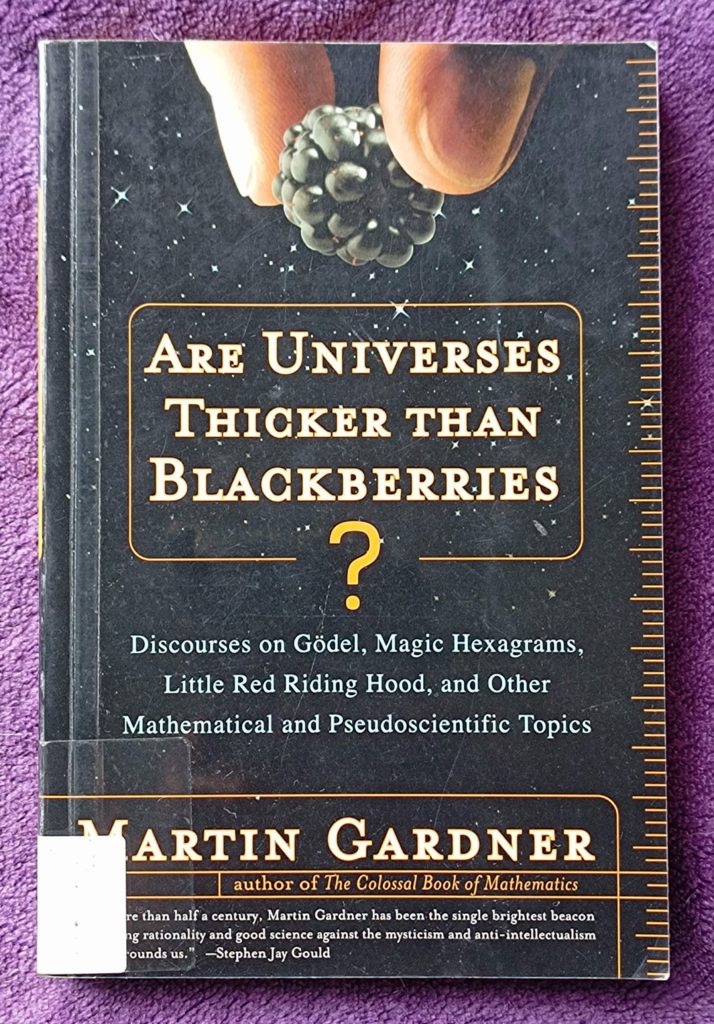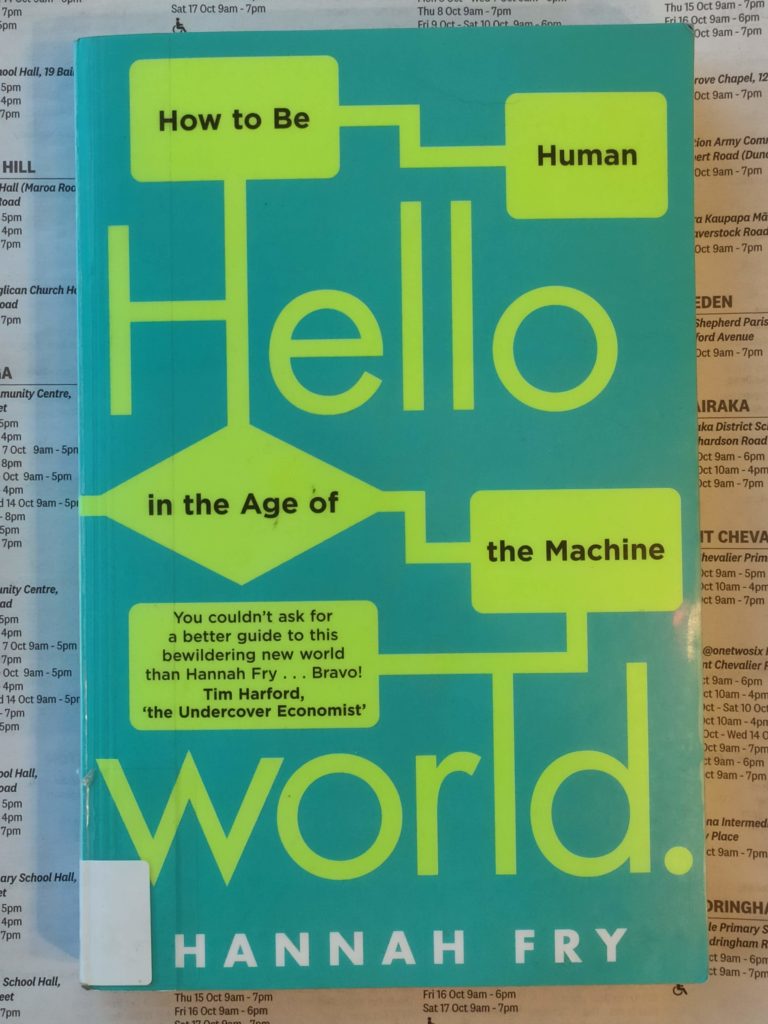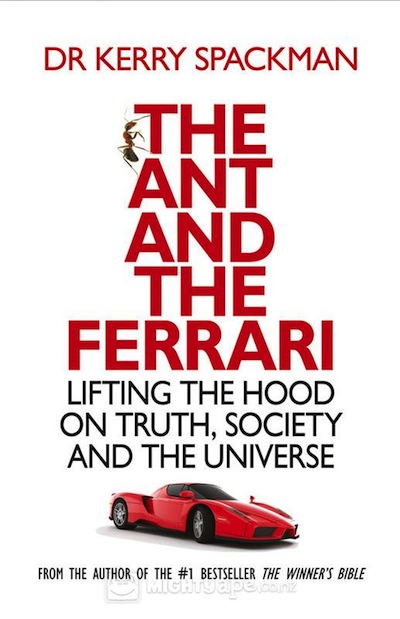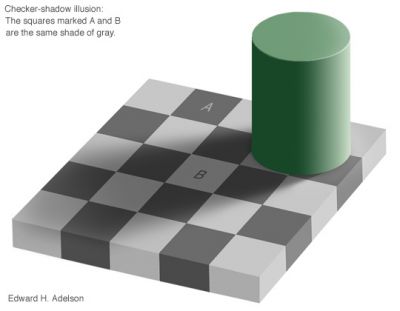For years I have tied my shoelaces using a special knot that is easy to tie, but never comes undone accidentally. I can’t remember where I learned this — maybe I invented it myself — but I always planned to pass this knowledge on to my children (when I have them) as a valuable piece of family wisdom.
I recently discovered the excellent Ian’s Shoelace Site (“Fun, fashion & science in this quirky site about shoelaces”) as I was looking for more information on shoelace knots. He lists my knot, which is actually called the Better Bow. He seems to find it difficult to tie. Even when I first started using it, I found it as easy as an ordinary knot; that’s why I like it so much. In contrast, his own secure knot, Ian’s Secure Shoelace Knot, is more symmetrical than the Better Bow but quite fiddly to tie, especially if your laces are a bit short.
Ian’s main contribution to the world of shoelace-tying is the astonishing Ian Knot. It’s actually just the standard shoelace knot, but he has invented a much quicker way of tying it. One split-second flourish and it’s done. Demonstrate it to your friends, and be prepared for surprised looks and cries of “how did you do that?” (Or perhaps not, depending on how interested they are in shoelaces.)
Continue reading →



